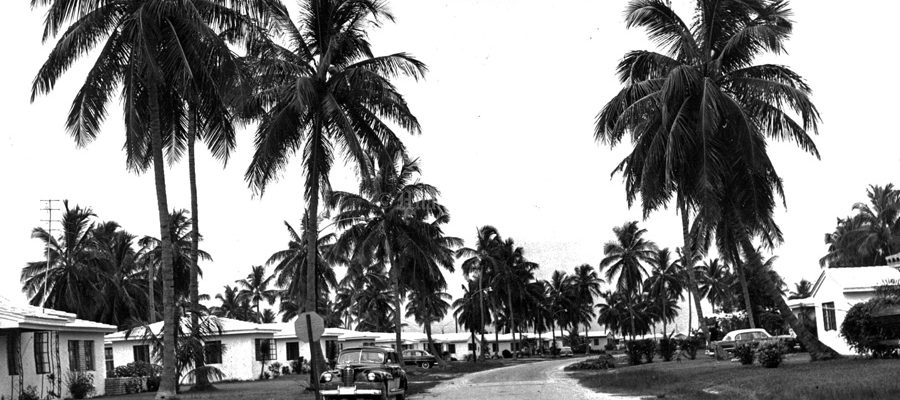Key Biscayne: Island retreat transformed by bridge
Key Biscayne, once home to tree snails, Tequesta Indians, pirates, seafarers and coconut plantations, has come a long way in a short time since a causeway linked island to mainland on Nov. 9, 1947. Some of the first settlers on the island started arriving in 1842 and began clearing the land and building wooden homes. The wide sand beaches and swaying palms attracted tourists long before the causeway linked Key Biscayne to Miami. In the early 1900s, Dr. William John Matheson sailed his yacht from New York to Key Biscayne and began draining swamps and building roads and houses. The 65-foot-high Cape Florida Lighthouse, built of brick by a Boston builder, glowed for the first time in 1825. By 1915 visitors were coming across the bay and tying up their boats to party in the island paradise. In the 1940s’ then County Commissioner, Charles Crandon, persuaded W.J. Matheson’s heirs to donate 680 acres of the island for a county park in exchange for a bridge. When the Rickenbacker Causeway opened, it sparked a boom. In 1950 the Mackle brothers – Frank, Elliott and Robert — paid $25 million for 220 acres and built 553 three-bedroom, 1,100-square-foot houses starting at $9,900. Even today they make up more than half the single-family houses on the island. The Key Biscayne Hotel opened in 1952. Prominent residents of the key have included President Richard Nixon, who maintained a winter White House complex there. As the Watergate scandal unfolded, he spent a lot of time in seclusion on Key Biscayne and is credited with putting the international spotlight on the village. Today, the island is visited by bicyclists, windsurfers, kayakers, divers, joggers and bicyclists.














































